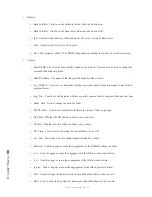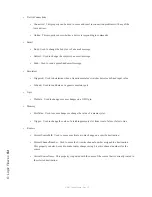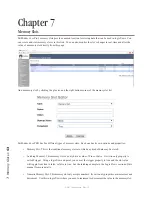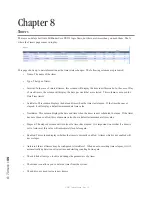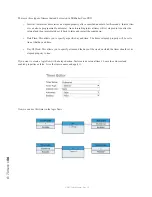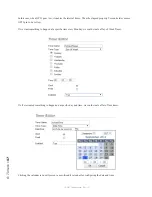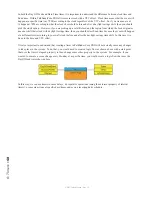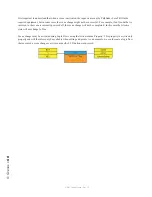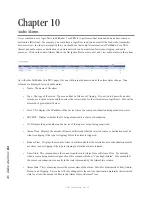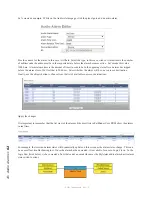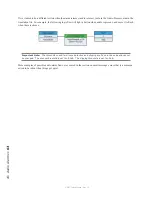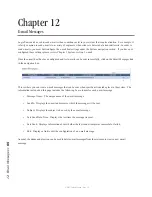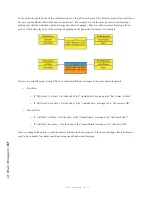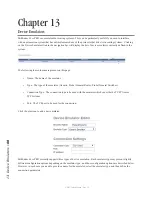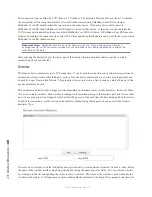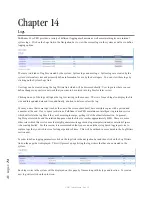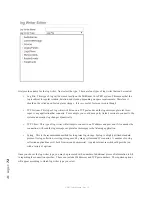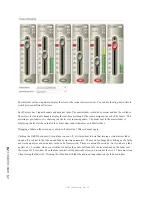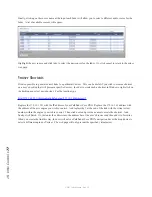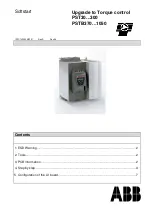
10
: A
ud
io A
la
rm
s •
62
© 2017 Telos Alliance - Rev 1.2
Let’s create an example. While on the Audio Alarms page, click the plus sign to add an audio alarm.
Provide a name for the alarm, in this case, AirChain. Select the type, in this case, silence. Alarm time is the number
of milliseconds the audio must be in the requested state before the alarm becomes active. Let’s make this value
15000 ms. Alarm release time is the amount of time it needs to be in the opposing state after an alarm has tripped
before the alarm clears. We’ll set that to 5000 ms. Select whether the alarm will be on a source or destination.
Finally, use the ellipsis button to choose from the list of available sources or destinations.
Apply the changes.
It is important to remember that the list view of the alarms (like most lists in Pathfinder Core PRO) show the alarms
in real time.
For example, the timer and alarm states will dynamically update on this screen as the alarm states change. This can
be an excellent troubleshooting tool. Once the alarm has been created, it is available for use in Logic Flows. In the
logic flow listed below, we have created a flow that sends an email whenever the MyAlarm audio alarm has its alarm
state switch to silent.



